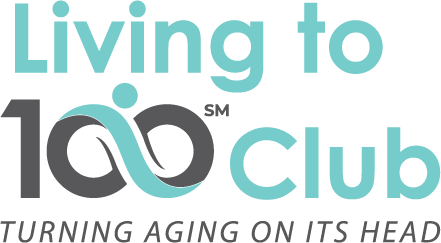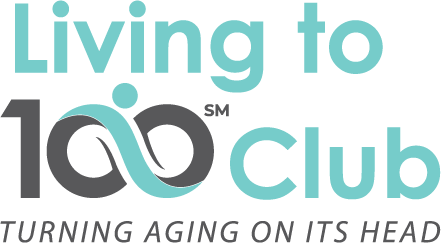Understanding Depression in Later Life: Not Just a Phase, and Never Too Late for Relief
As we age, life brings with it a steady stream of changes—some expected, some unwelcome. Losses may accumulate. Health may decline. Roles and routines that once defined us may shift. These transitions can stir a range of emotional responses, but when sadness lingers, motivation slips away, and life feels joyless or heavy, depression may be at play. Depression in older adults is often an under-diagnosed and under-treated condition.
Contrary to popular myth, depression is not a natural part of aging—but it is a common one. Roughly 1 in 6 adults over age 65 experience depressive symptoms that interfere with daily life. Left untreated, it can worsen physical illness, slow recovery, and increase social isolation. The good news? Depression is highly treatable at any age.
Types of Depression in Older Adults
- Major Depressive Disorder – Persistent low mood, loss of interest in activities, changes in appetite or sleep, difficulty concentrating, and sometimes thoughts of death or hopelessness.
- Persistent Depressive Disorder (formerly Dysthymia) – A longer-lasting, low-grade form of depression. It may seem like a “gloomy personality” but is actually treatable.
- Situational Depression (Adjustment Disorder) – Triggered by a specific life event such as bereavement, a move to assisted living, or a major health diagnosis.
- Depression with Cognitive Impairment – Sometimes mistaken for dementia, this “pseudodementia” mimics memory problems but can improve with depression treatment.
What Causes Depression Later in Life?
- Biological factors: Changes in brain chemistry, chronic illness, or medication side effects.
- Psychological factors: Grief, past trauma, low self-esteem, or longstanding anxiety.
- Social factors: Loneliness, disconnection, or loss of meaningful roles.
Often, it’s a combination—one event or condition tipping the balance in a vulnerable system.
Effective Treatment Options
- Psychotherapy: Cognitive Behavioral Therapy (CBT), interpersonal therapy, and problem-solving therapy are especially effective in older populations.
- Medication: Antidepressants can help, particularly SSRIs, though they require careful monitoring due to possible interactions.
- Lifestyle Interventions:
- Regular physical activity, even mild walking
- Improved sleep hygiene
- Structured routines
- Creative expression through art or music
- Time in nature or with pets
- Social Connection: Regular interaction, peer groups, and participation in meaningful activities are powerful antidotes to isolation.
Barriers to Diagnosis
Depression in older adults is frequently under-diagnosed. Why?
- Many don’t recognize the symptoms as depression.
- Some attribute it to “just aging.”
- Others may be reluctant to seek help or fear stigma.
That’s why education and open conversations are so important in community and caregiving settings.
Final Thought
Depression may silence joy—but it doesn’t erase the capacity for recovery, growth, or hope. No matter our age, we deserve emotional wellness. With attention and support, the fog of depression can lift, and a renewed sense of purpose can take root.
About the Author
Joseph M. Casciani, PhD, is a psychologist, author, and founder of the Living to 100 Club. With over 30 years of experience working with older adults in clinical and community settings, Dr. Casciani focuses on promoting resilience, psychological well-being, and successful aging. He hosts the Living to 100 Club Podcast and leads programs designed to help older adults, caregivers, and professionals navigate the challenges of aging with optimism and strength. Learn more at www.Livingto100.club.



Leave a Reply